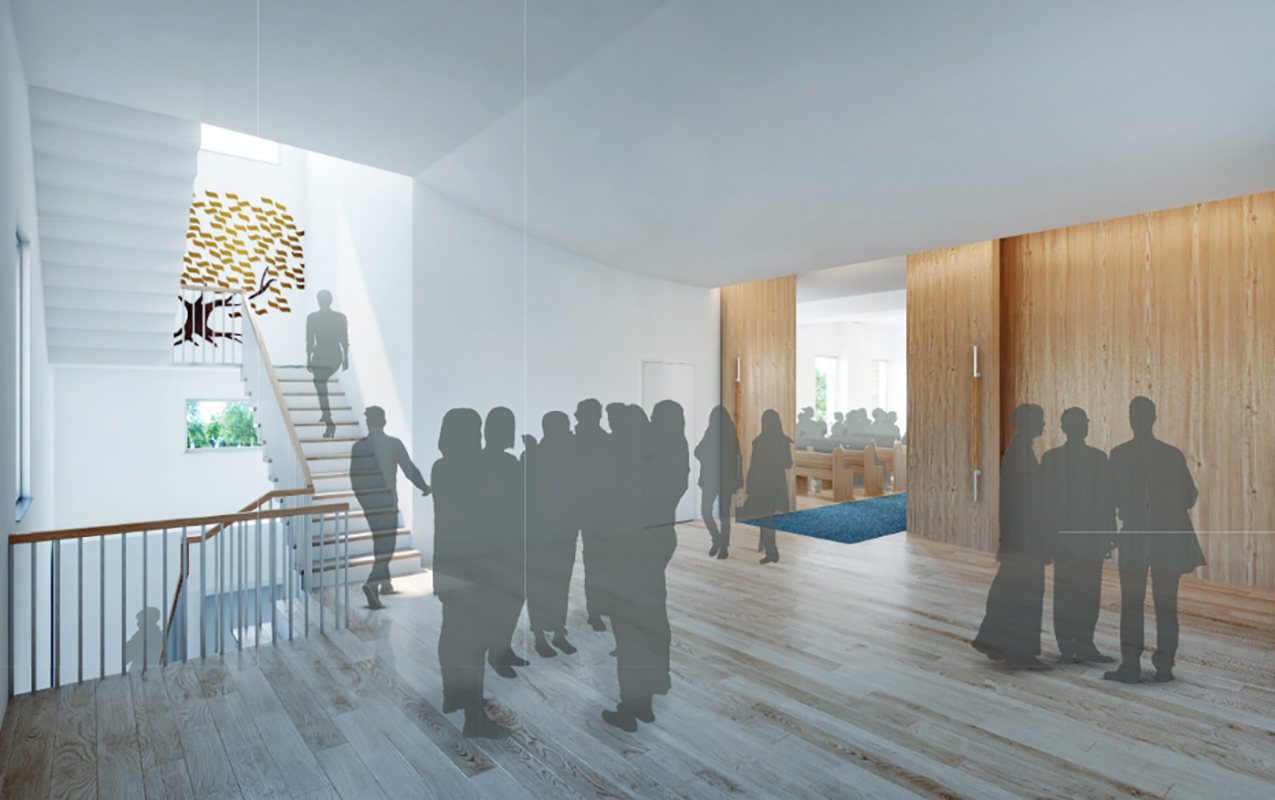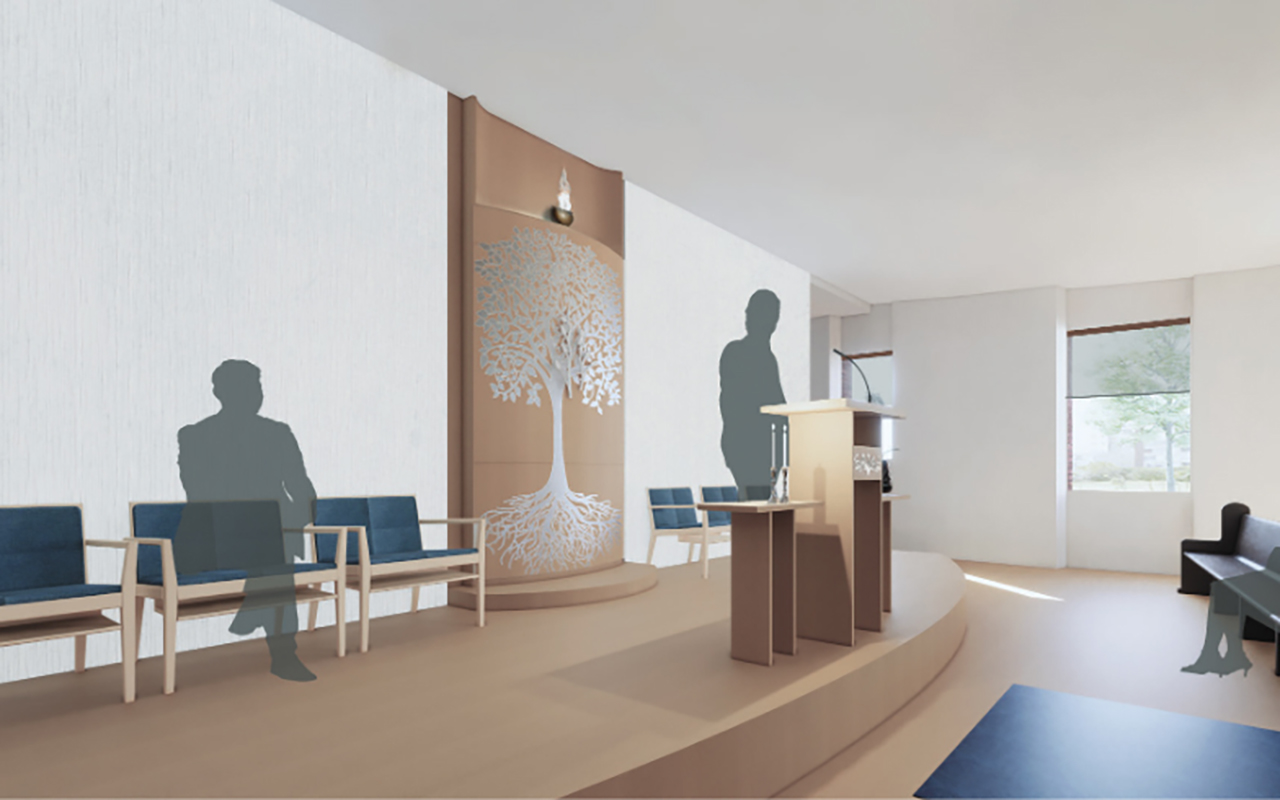When members of the New Reform Temple decided it was time to renovate their building, the main thrust behind the project came from one goal: Making it accessible.
Currently, the building has no elevators or handicapped accessible bathrooms, but that will all change with this new construction project.
“Our primary philosophy is the issue of social justice, and how do you talk about social justice if you don’t have a building that is accessible?” said Rabbi Alan Londy.
According to fundraising documents, the budget for the project is approximately $2.2 million. Although they’re starting to clear out some items from the building in preparation for the project, there isn’t a precise start date yet, because they’re hoping to raise 100% of the funds before getting going.
Fundraising can be a challenge for a congregation with less than 300 families, but renovation committee chair Lynn Poskin said they’re roughly 90% there. Rising construction costs have been part of the issue.
“We were hoping to start already, and that’s why we haven’t,” she said.
The ideas have been in the works for two to three years, but the congregation started consulting architects last summer. The building, originally a Southwestern Bell telephone office, has remained largely the same since the congregation’s founding in 1967.
In addition to the elevator and bathrooms, the project will also make the bimah accessible. Audiovisual upgrades will also allow for support to help anyone who is hearing impaired.
“After the pandemic is over, we’re going to be doing hybrid programs forever. We’re never going to worship again without it being broadcast,” Rabbi Londy said.
Looking ahead to the post-pandemic world, the rabbi is excited that there will be new areas where people can socialize.

“We didn’t have a lot of gathering space, spaces where the congregation can get together and socialize. The renovation will provide that for us,” he said.
Also part of the plan is redoing the sanctuary, which will face east and have new seating. The look will be less colonial, as it has been, and more contemporary. They’ll also be moving the office space and making other aesthetic changes.
“I’m really excited about the openness of the gathering space and sanctuary. There will be a wall that will divide them, and then you can open that to make it all open,” Poskin said. “The wall of the bimah is going to be made out of this translucent onyx, and it’s going to get backlight, and it’s going to be beautiful.”
For Rabbi Londy, the renovation is also a statement of the congregation’s intent to stay in Kansas City, Missouri.
“We like where we are. Our synagogue is very committed to being where we are, to being in Kansas City. We believe where we are is very accessible to many Jewish families who live in this area,” he said.
That local pride also shows up in how the congregation has chosen to proceed, using both a Kansas City-based architect, DRAW Architecture + Urban Design, and local artists for the new ark and ner tamid.
The synagogue has already disposed of its old pews. Office manager Chris Fawley sold them on Facebook Marketplace.
“I didn’t think anybody would buy one, but they went really quickly. Someone bought one to put in an old school bus he was renovating to be a motor home,” she said.
A bride with no relation to the congregation bought 20 of them to use at her wedding.
Rabbi Londy credits both Poskin and her committee as well as congregation president Tom Isenberg for getting the plan together. Tom and Carol Barnett also took charge of the renovation fundraiser.
Although initial hopes were that the renovation could be done in time for the High Holidays, Rabbi Londy said he thinks that is unlikely at this point.



